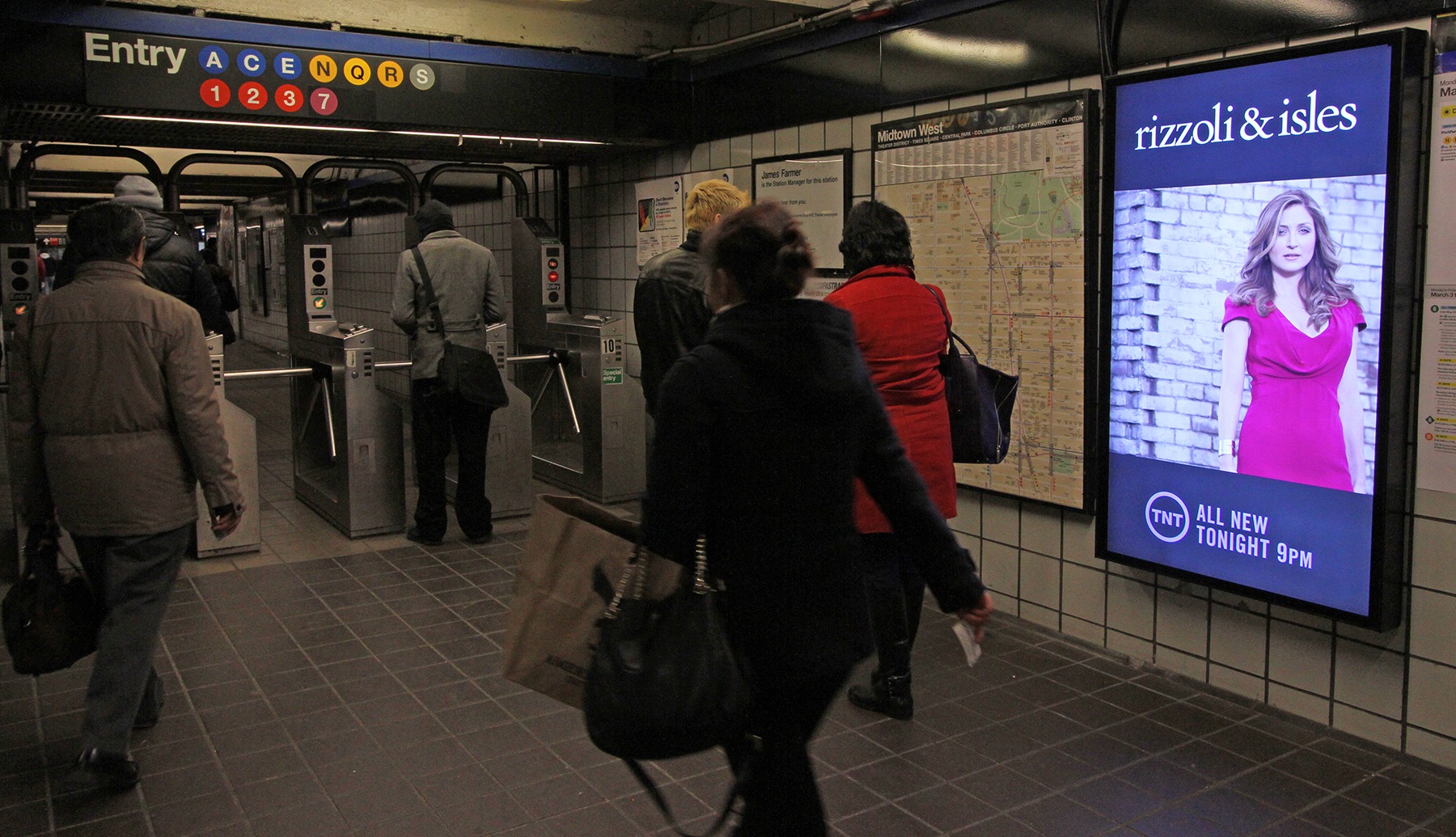In the realm of digital advertising, the pursuit of engagement and impact drives constant innovation. Rich media ads have emerged as a captivating solution that transcends traditional static formats, elevating the user experience to new heights. These interactive and visually compelling advertisements blend creativity with technology, fostering deeper connections between brands and their audiences. Behind the scenes, ad platforms play a pivotal role in enabling the deployment and optimization of rich media ads. In this article, we’ll delve into the world of rich media ads and explore the significant role ad platforms play in maximizing their effectiveness.
Understanding Rich Media Ad
Rich media ads are dynamic and interactive advertisements that go beyond static images and text. They can encompass a variety of formats, including videos, animations, interactive elements, and expandable content. Rich media ads captivate users’ attention, enticing them to interact with the ad, resulting in higher engagement rates compared to traditional static ads. Learn more about the ad platform
The Role of Ad Platforms in Rich Media Ads:
- Technical Infrastructure: Ad platforms provide the necessary infrastructure to support the complexities of rich media ads. They ensure compatibility across various devices, browsers, and platforms, offering a seamless user experience.
- Creative Flexibility: Ad platforms empower advertisers to create captivating rich media ads by offering customizable templates, design tools, and animation features. This flexibility allows brands to align ads with their messaging and visual identity.
- Targeting Capabilities: Ad platforms leverage data and analytics to target rich media ads to specific audience segments. By understanding user behavior and preferences, platforms ensure that the right audience interacts with the right content.
- Interactive Features: Ad platforms facilitate the integration of interactive elements such as quizzes, games, and product showcases within rich media ads. These features enhance user engagement and provide a memorable experience.
Benefits and Challenges of Rich Media Ads:
Benefits:
- Enhanced Engagement: Rich media ads captivate users’ attention and encourage interaction, resulting in higher engagement rates compared to traditional ads.
- Brand Storytelling: The dynamic nature of rich media ads allows brands to tell their story creatively, fostering a deeper emotional connection with the audience.
- Data Insights: Interaction data collected from rich media ads provide valuable insights into user behavior, preferences, and content performance.
Challenges:
- Complexity: The creation and implementation of rich media ads can be more complex and time-consuming than traditional ads.
- Load Times: Rich media ads may require larger file sizes, potentially impacting page load times and user experience.
- Compatibility: Ensuring compatibility across various devices, browsers, and platforms can be challenging.
Rich media ads have ushered in a new era of digital advertising, where creativity, interactivity, and engagement are paramount. Ad platforms serve as the backbone of this evolution, providing the technical foundation, creative tools, targeting capabilities, and interactivity features needed for the successful deployment of rich media ads. As the digital landscape continues to evolve, the collaboration between brands and ad platforms in the realm of rich media advertising promises to create immersive experiences that resonate with audiences, drive conversions, and elevate the impact of digital marketing campaigns.
